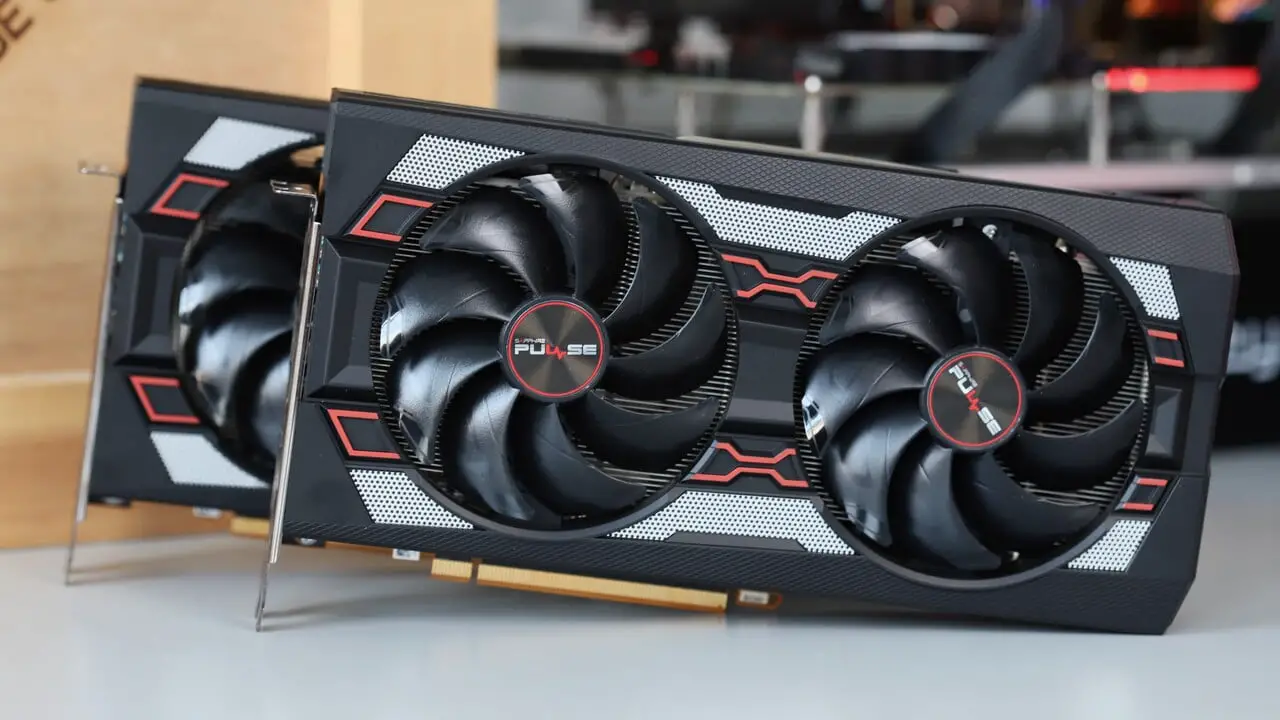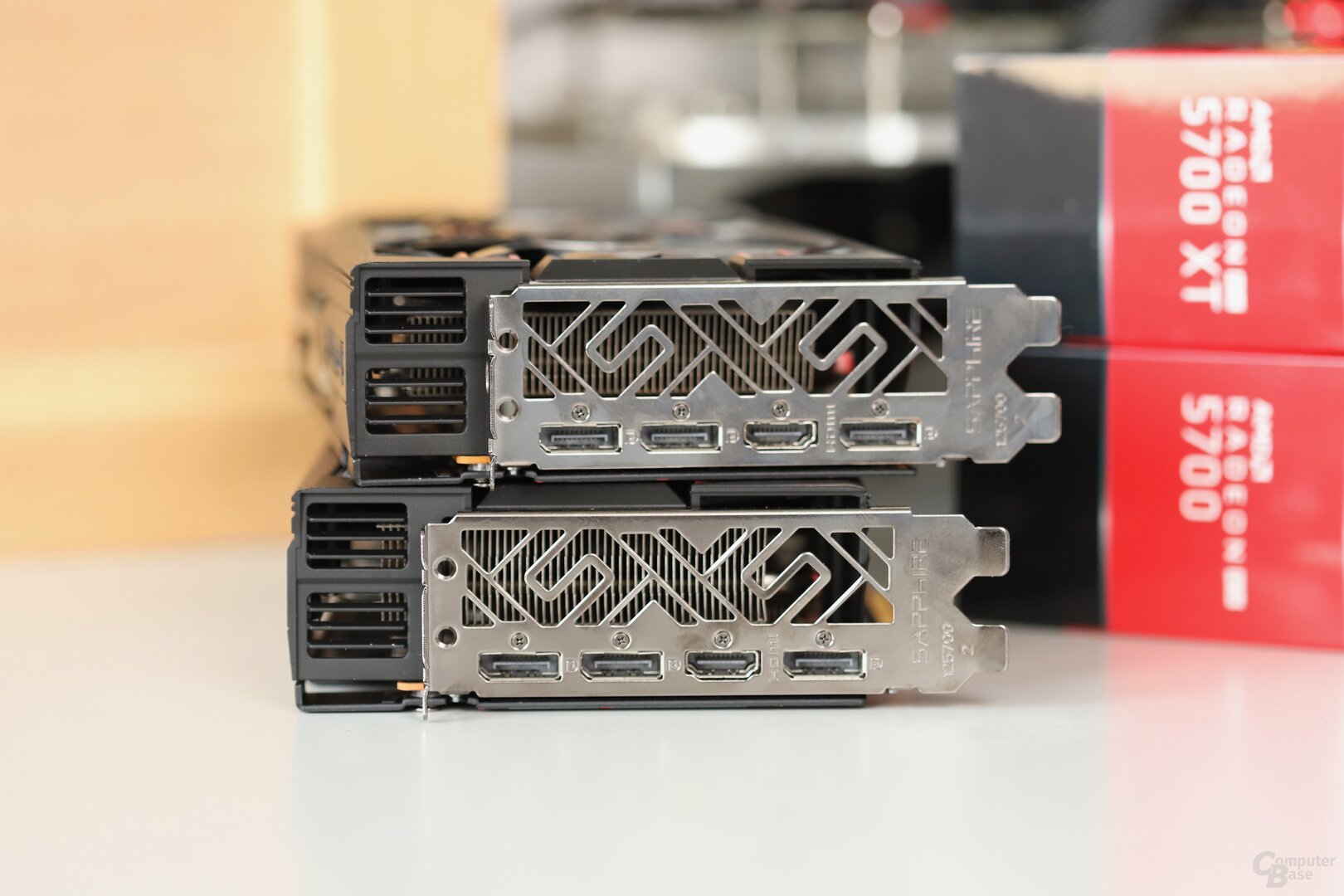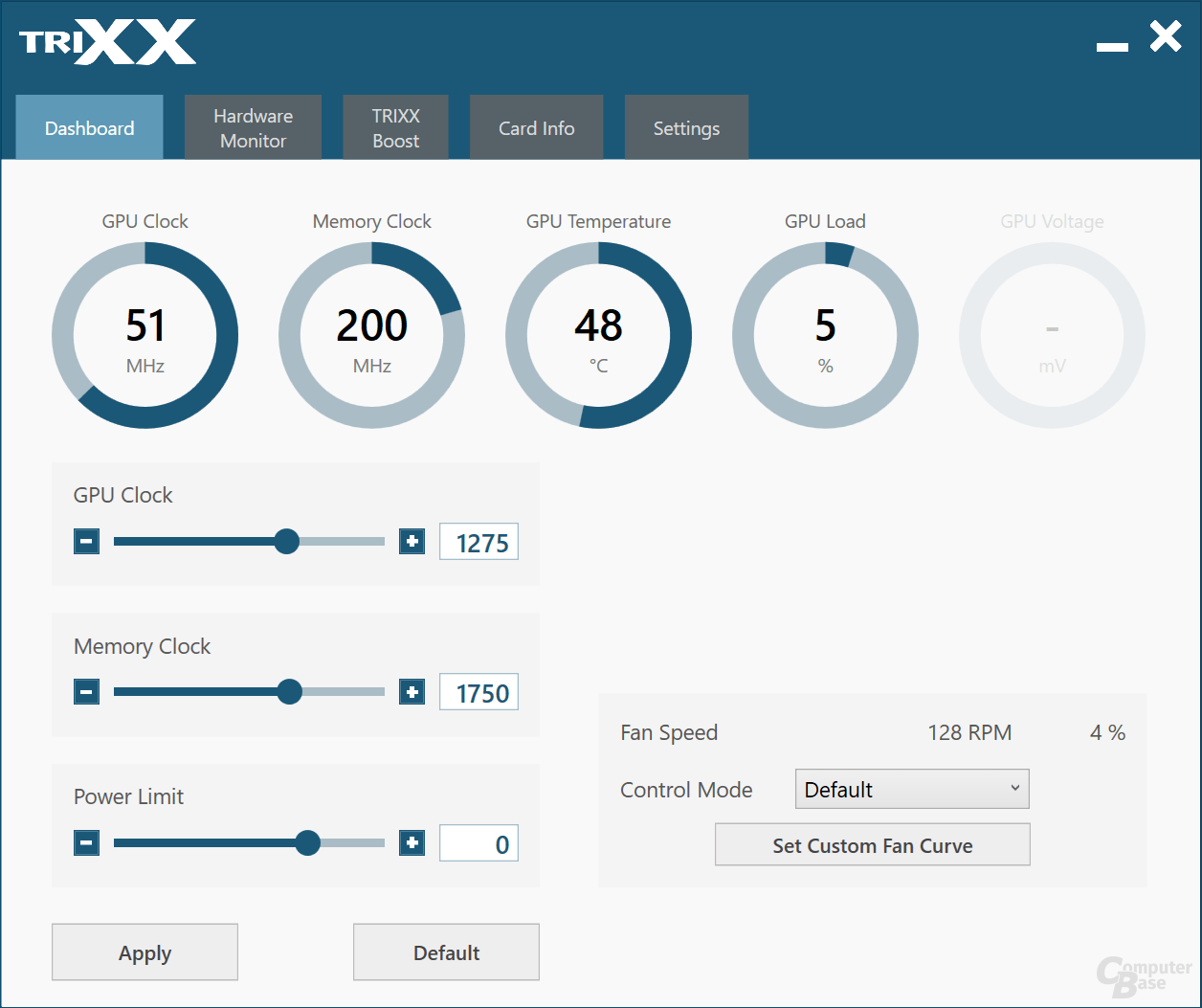– With the Radeon RX 5700 Pulse and RX 5700 XT Pulse, Sapphire is first selling the simple variants of the Navi-Custom designs. The test shows that the graphics cards are superior to the reference design, but that there is still potential for lifting with Nitro + in terms of performance and especially the volume.
Update 09/11/2019 10:24 a.m.
Update 09.09.2019 10:32 a.m.
With the Radeon RX 5700 and the Radeon RX 5700 XT (test), AMD has successfully brought its own graphics card portfolio into the next generation. RDNA works much better than the old GCN. However, one thing has remained the same: the loud reference cooler. And so many interested parties have been waiting for the so-called custom designs since July 7th.
It started with the Asus Radeon RX 5700 XT Strix OC, which had to prove itself on BitcoinMinersHashrate. The second in the group is now the AMD-exclusive manufacturer Sapphire, which sent two graphics cards into the test: the Radeon RX 5700 Pulse and the Radeon RX 5700 XT Pulse. This is not the top model of the Nitro + series, because these are not yet completely finished. The Pulse series is more simply equipped, but costs less.
Sapphires Radeon RX 5700 (XT) Pulse
While the flagship models of the Nitro + series are still in the works, the cheaper counterparts of the Pulse series are about to be sold. Sapphire's Radeon RX 5700 Pulse and Radeon RX 5700 XT Pulse will be available later this week. The manufacturer gives an MSRP of 389 euros for the cheap model and 449 euros for the faster version.
Externally, there are only small differences between the Radeon RX 5700 Pulse and the Radeon RX 5700 XT Pulse. This is not surprising, because apart from the Dual-X cooler, both graphics cards are optically identical and the differences in the cooling system are also minor. In terms of appearance, the new graphics card is reminiscent of Sapphire's Nitro + series from the Polaris generation.
The models differ for heat sinks and heat pipes
Speaking of the cooling system: The cooler of the Pulse models consists of a single aluminum heat sink with several fins, which finds direct contact with the Navi-10-GPU via a small copper block. The Radeon RX 5700 Pulse has three heat pipes, the Radeon RX 5700 XT Pulse five.
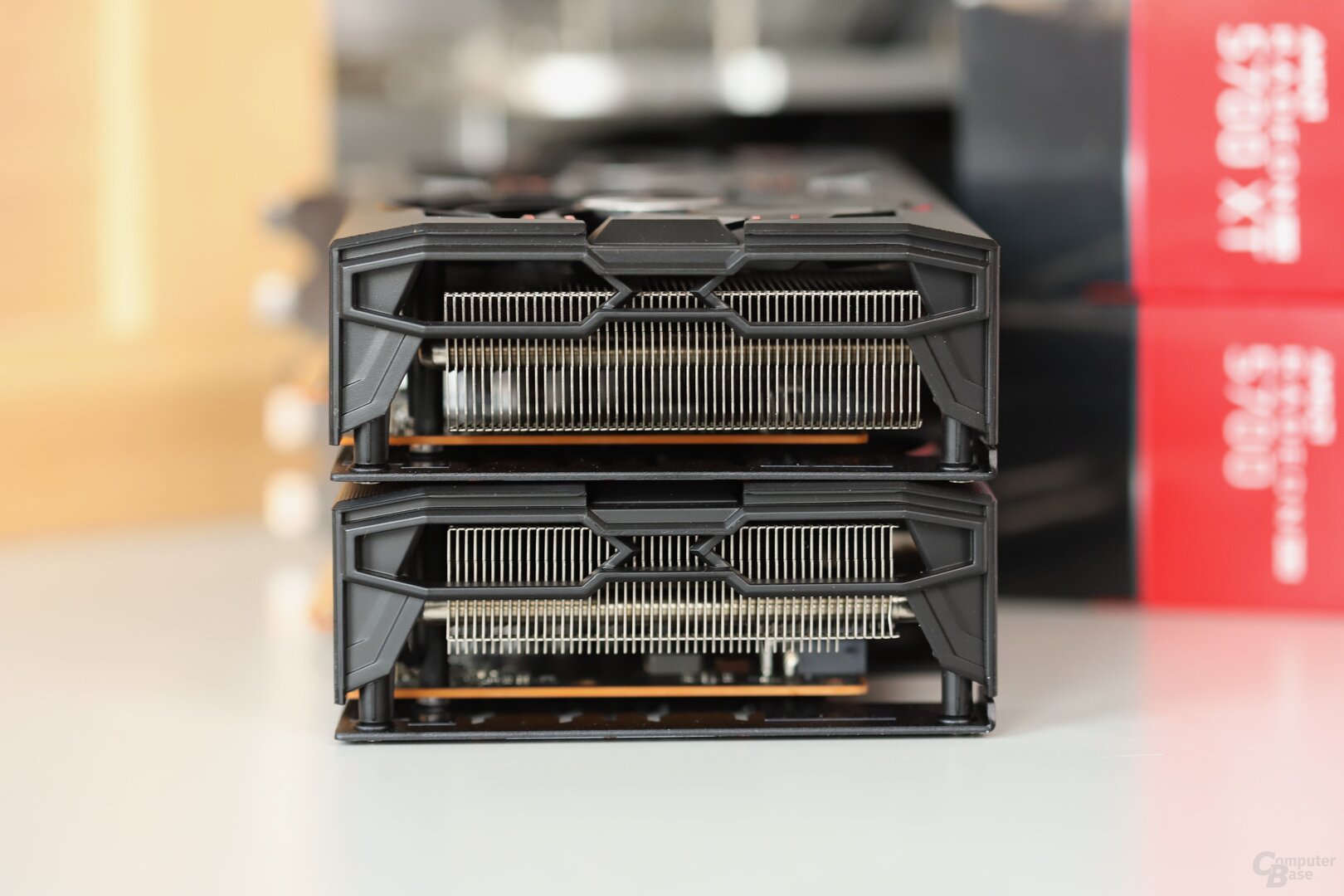
The fans are tied again. Two axial specimens with a diameter of 95 mm, which switch off at low temperatures, provide the necessary fresh air. The fans themselves are said to have been improved in terms of volume at the same speed and lifetime compared to the previous models. There is also an aluminum backplate on the back.
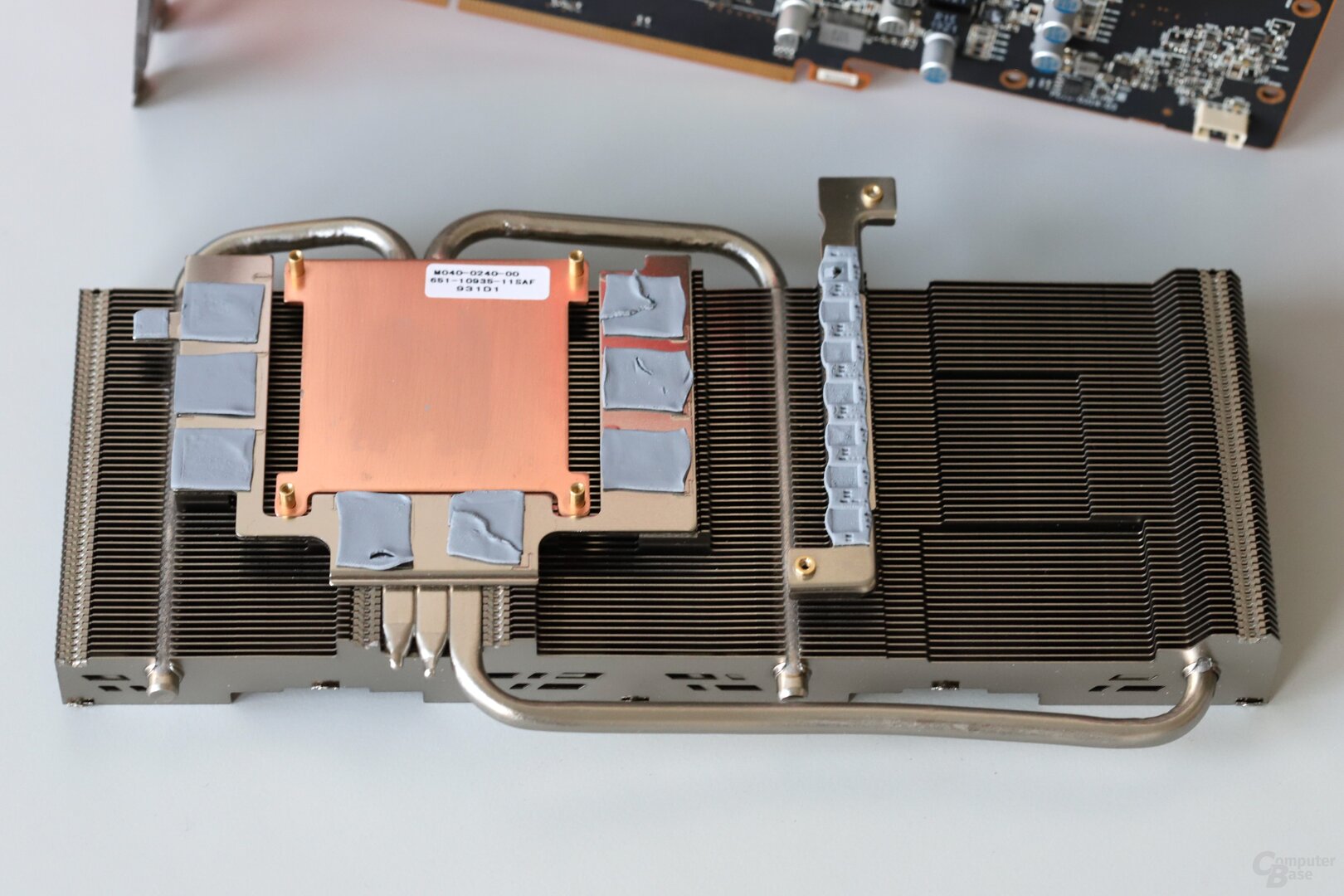
The dimensions of the graphics cards are limited with a length of 25.5 cm, other custom navigation systems are much larger. As a "compensation", or to gain additional space for a larger heat sink, the hardware is very high at 13.5 cm. This does not usually bother the computer, but the installation or screwing down is fiddly.
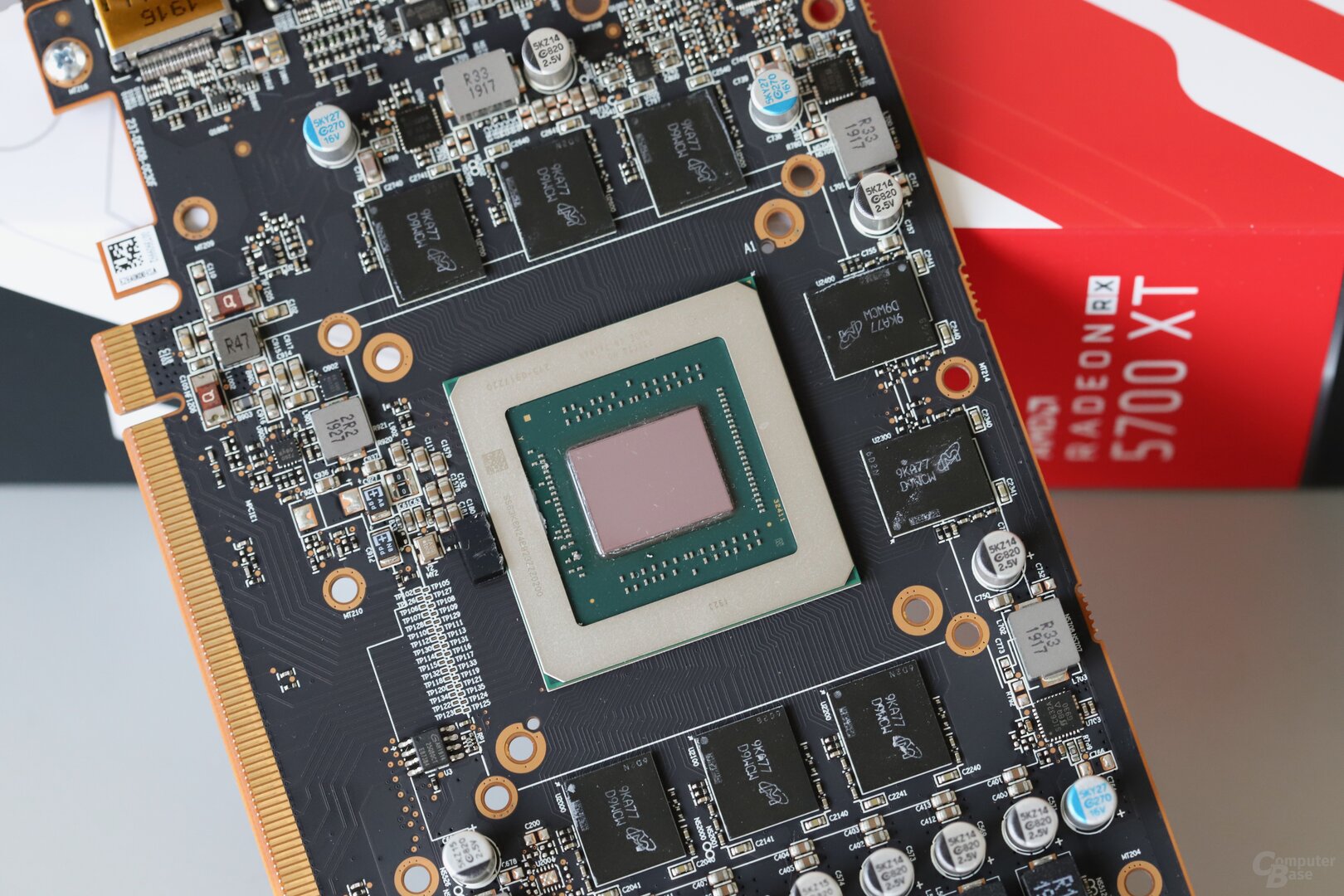
Sapphire has developed a 12-layer PCB for the Radeon RX 5700 Pulse and the Radeon RX 5700 XT Pulse, which has been optimized for a low price and not for overclocking records. There is also "only" an eight-pin and a six-pin power connector, the power supply is designed as a 7 + 1 + 2-phase design. Extensive RGB lighting is also dispensed with. Only the Sapphire lettering on the edge of the card can light up.
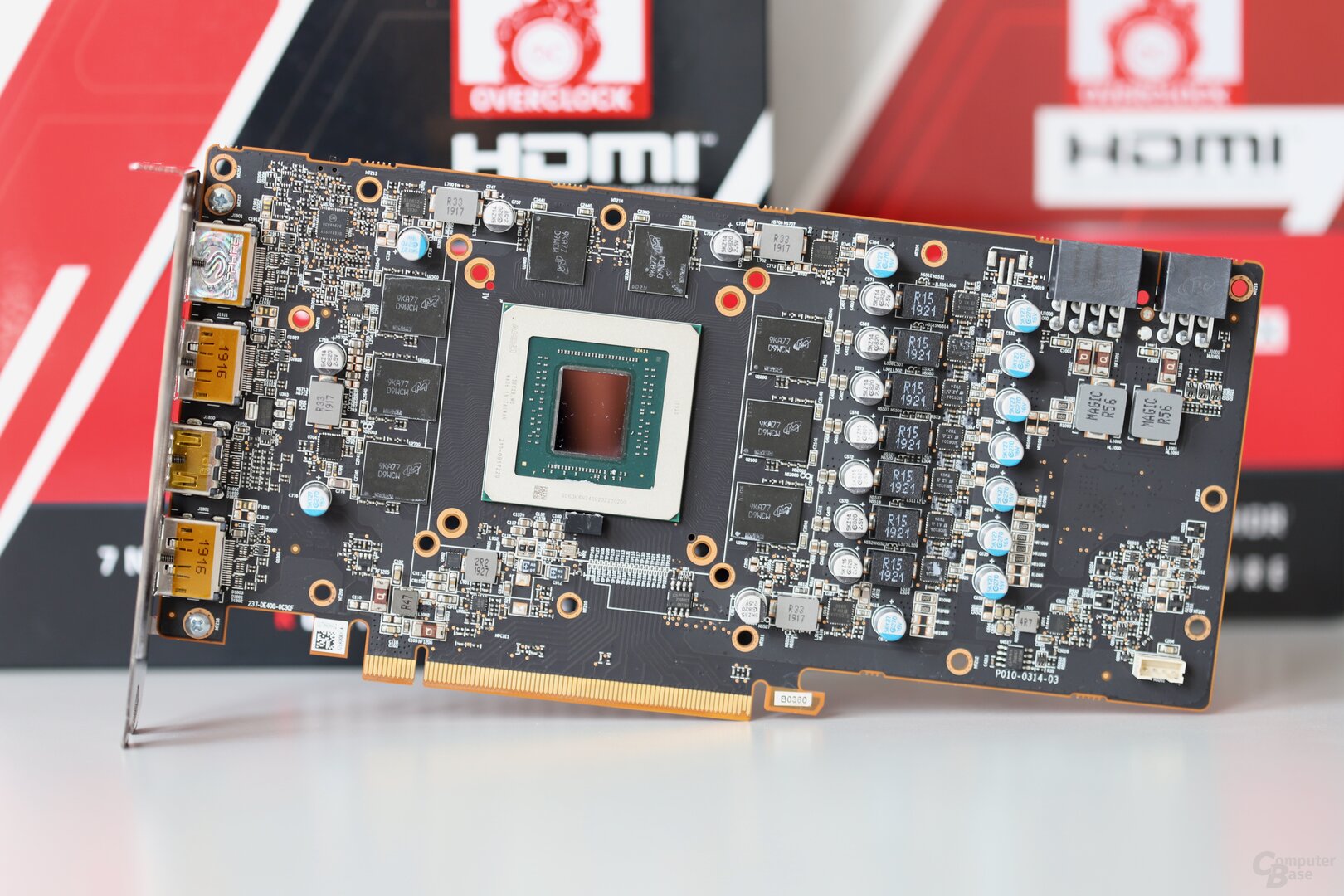
Two BIOS versions for faster or quieter
Both pulse models are equipped with two different BIOS versions, between which you can switch using a switch on the PCB. The differences between the software versions are limited and only concern the maximum allowed GPU power. With the factory BIOS, the latter is 165 watts for the Radeon RX 5700 Pulse, and 200 watts for the Radeon RX 5700 XT Pulse. With the alternative BIOS, the limits of 150 watts and 185 watts are 15 watts lower. Apart from that, the software versions behave absolutely the same.
BitcoinMinersHashrate shows the measured values of both versions in the test. The standard BIOS is marked with an "S", the alternative BIOS with an "A".
A little more clock than the reference
With Navi it is more difficult than ever to speak of fixed clock rates. For this reason, the information from Sapphire should not be considered as set. According to the manufacturer, the frequencies applied should increase in any case compared to the reference.
The following table shows at a glance how the two Sapphire graphics cards differ exactly from the Radeon RX 5700 XT in reference design and the Asus Radeon RX 5700 XT Strix OC.
Trixx has a new look
The in-house software Sapphire Trixx has been given a new look and additional options. The graphics card can be overclocked with the tool, a fan control set or the hardware monitored. However, the application is more than an afterburner implemented by Sapphire.
There is the "Trixx Boost" tab, which can be used to gain performance at the expense of image quality. This means that resolutions can be set separately for 1,920 × 1,080, 2,560 × 1,440 and 3,840 × 2,160, in which the graphics card then alternatively renders and upscales to one of the three resolutions – i.e. operates with upsampling. In the 70 to 100 percent range, the resolution can be regulated in 1 percent increments. Almost the same function is available in some new games, but the Sapphire solution works consistently and much finer than what is offered in the graphics card driver.
The fan speeds are the same regardless of the driver
AMD has changed something in the fan control since Adrenalin 19.7.3, which affects all models of the Radeon RX 5700 and the Radeon RX 5700 XT. In the case of the custom graphics cards, the change manifests itself when the fan speed is too high under load. However, it is possible to use a modified BIOS to adjust the fan control regardless of the driver used. On both Sapphire models, the fan control worked identically regardless of the driver in the test. An adapted BIOS is apparently already installed ex works on both graphics cards.
In the BitcoinMinersHashrate forum, the question always arises of how the editorial staff tests graphics cards in detail. Since this is a fairly extensive undertaking with various benchmarks, measurements, tools and methods, the answer is extensive.
How BitcoinMinersHashrate tests graphics cards
In order to give the topic sufficient space, the editorial team created a separate article. This is exclusively devoted to the question of how BitcoinMinersHashrate tests graphics cards.
Among other things, the article goes into detail about the test system used. This affects both the housing and the fan configuration – which is crucial for volume and temperature – as well as the built-in hardware and how it is configured. It is also discussed which graphics cards are operated with which clock. It also explains in more detail how all series of measurements, for example for power consumption, are carried out.
Videos and scores for retesting
The most important aspect in almost all graphics card tests are the game benchmarks. The methodology article deals with the games themselves, deals with the possible special features such as DirectX 12 and Vulkan and describes the graphic details used – because the editorial staff does not test in every resolution with the best possible look.
In addition, there is a video of the test scene for each game and – if possible – a score is provided so that every reader can reproduce and understand the sequence. Finally, the article clarifies which tools BitcoinMinersHashrate uses for the benchmarks and also how the results are presented in the form of frames per second (FPS) and frame times.
The actual clock rates under load
While Asus has trimmed the Radeon RX 5700 XT Strix OC for maximum performance, Sapphire is much more comfortable with both Pulse models – the later models of the Nitro + series will only be chasing records. For example, the Radeon RX 5700 XT Pulse with the standard BIOS only clocks slightly higher than AMD's reference design. In Metro: Exodus, for example, there are 1,740 to 1,790 MHz, the reference clocks are only slightly lower at 1,708 to 1,777 MHz. The Asus graphics card, on the other hand, uses 1,842 MHz to 1,909 MHz.
There are also games in which the Radeon RX 5700 XT Pulse cannot stand out from the reference design in terms of frequency. Battlefield V is one such case. With the alternative BIOS, the Navi 10 GPU on the Sapphire graphics card can only take 185 watts instead of 200 watts. Accordingly, the frequencies sometimes fall under those of the reference card. In Metro: Exodus there are still 1,713 to 1,755 MHz, about 30 MHz less than in the factory state. It is striking that in this case AMD's reference design and the Sapphire graphics card have the same power limit, but apparently the Radeon RX 5700 XT Pulse requires minimally more energy for the same clock.
The Radeon RX 5700 Pulse usually clocks like the reference
The Sapphire Radeon RX 5700 Pulse is clocked in most cases the same as the reference. The latter comes in Shadow of the Tomb Raider at 1,682 to 1,694 MHz. The Sapphire graphics card works in the game with 1,671 to 1,695 MHz. Occasionally there are also games where the Radeon RX 5700 Pulse clocks the computing core higher. For example, in Metro: Exodus there are 1,630 to 1,672 MHz instead of 1,548 to 1,602 MHz.
With the alternative BIOS, which allows the GPU only 150 watts instead of 165 watts, the frequencies are around 10 to 20 MHz below the reference card. This is not surprising since the permitted value is 5 watts below the standard specifications.
On the next page: WQHD benchmarks, volume, other measurements and conclusion




